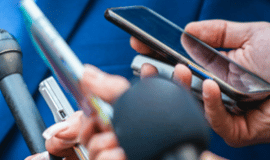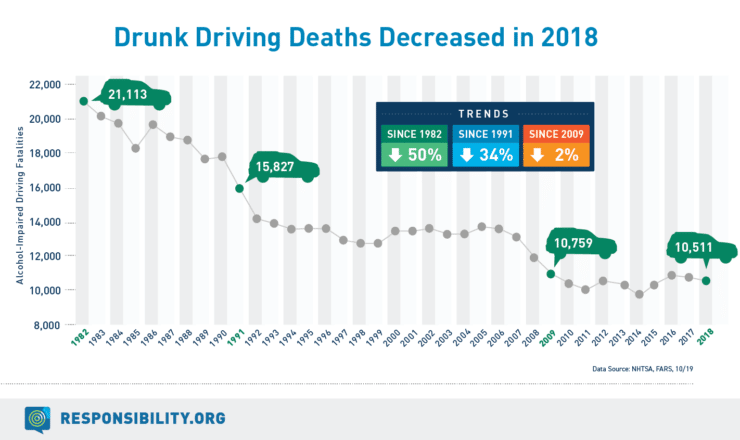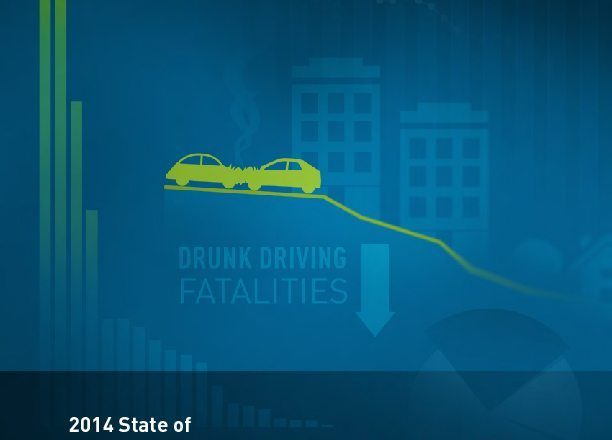Erin Holmes: Assessing the Drunk Driver
Driving while texting. Driving while impaired. Leaving the scene of a crash. Criminal negligent manslaughter.
When you hear these four charges, what type of offender do you envision?
Would that picture change if you consider the following criminal history?
Back in 2010, this individual was convicted of driving under the influence (DUI). They were stopped driving 29-mph in a 50-mph zone, on the shoulder, with a shredded front tire. The arresting officer noted that the driver was incapable of completing field sobriety tests on account of their level of intoxication. A bottle of wine and liquor were found in the vehicle along with two bags of marijuana and associated drug paraphernalia. When a breath test was administered, the driver’s BAC was 0.27, in excess of three times the legal limit of .08.
How would you choose to deal with this offender?
The disposition in this 2010 case resulted in the offender receiving probation before judgment (PBJ) after pleading guilty to the DUI charge (the possession charges were subsequently dropped). For those unfamiliar with PBJ, this process essentially requires an offender to serve two years of probation and if they are compliant during this period, the DUI will not result in a conviction on their record. In addition to the probation, this offender was ordered to pay a $300 fine.
It is worth noting that at the time of their sentencing hearing the offender expressed that this incident was a “major wake-up call” and that they were undergoing counseling to address drinking issues. They also voluntarily installed an ignition interlock in their vehicle in an effort to prevent future instances of drunk driving.
What was the outcome of this case?
Driving while texting. Driving while impaired. Leaving the scene of a crash. Criminal negligent manslaughter.
On December 27th, 2014, less than five years after their first offense, this individual was back behind the wheel, drunk. Not only was the driver impaired by alcohol, they were also distracted by their phone. On this sunny afternoon, the driver swerved into a bicycle lane, striking 41 year-old Thomas Palermo. After the collision, the driver left the scene, leaving Mr. Palermo to die from his injuries.
Who is this offender?
Suffragan Bishop Heather Cook, one of the highest ranking officials in the Maryland Episcopal Diocese and the first woman elected to the position of bishop.
Probably not who you were envisioning, eh?
Bishop Cook returned to the scene of the crash after calling another church official for advice. Over 20 minutes had elapsed since the time of the fatal collision. At the police station, her BAC was 0.22. Again, this is an extremely high-BAC and nearly three times the legal limit.
She is currently out on a $2.5 million bond and is in a 28-day inpatient treatment program for an admitted alcohol problem. During the hearing, Judge Nicole Pastore Klein justified the multi-million dollar bail by saying Bishop Cook “showed a reckless and careless indifference to life” and “to me she represents a grave danger to the community.” Bishop Cook faces up to 21 years in prison and $20,000 in fines for the four charges outlined.
In other words, Bishop Cook is an extremely high-risk offender. This is evidenced by her driving drunk, multiple times, with a high-BAC. Though tragic, given her previous offense, a fatal crash was not an unforeseen outcome. In 2013, 68% of drivers involved in drunk driving fatalities had a BAC level of .15 or higher.
While Bishop Cook bears sole responsibility for her decision to drive drunk and distracted, there is also the need to look at the criminal justice system and question what might have been done differently to prevent this fatal crash.
It is indeed true that the majority of first offenders will not go on to commit another DUI. However, a portion of these offenders will continue to engage in this criminal behavior. This speaks to the importance of screening, assessment, and appropriate treatment interventions. The use of comprehensive screening and assessment in the criminal justice setting is necessary to identify DUI offenders who have substance use and mental health disorders that require further intervention and those who are at high-risk of re-offense. These offenders can be anyone, from any walk of life – professional athlete, stay-at-home mom, middle-aged man, or bishop.
It is imperative to conduct individual assessments because without the accurate identification of the presence of alcohol, drug, and/or mental health issues, practitioners miss an opportunity to address an underlying cause of offending and, subsequently, reduce future recidivism.
In instances where an offender suffers from alcohol dependency, a $300 fine is not going to deter future offenses.
Perhaps if Bishop Cook had been assessed and referred to appropriate treatment interventions, she would have been able to address her alcohol dependency and not go on to face the charge of criminal negligent manslaughter. And Thomas Palermo would be alive.
This post was authored by Erin Holmes, Director of Traffic Safety and Technical Writer for Criminal Justice Programs here at Responsibility.org.

